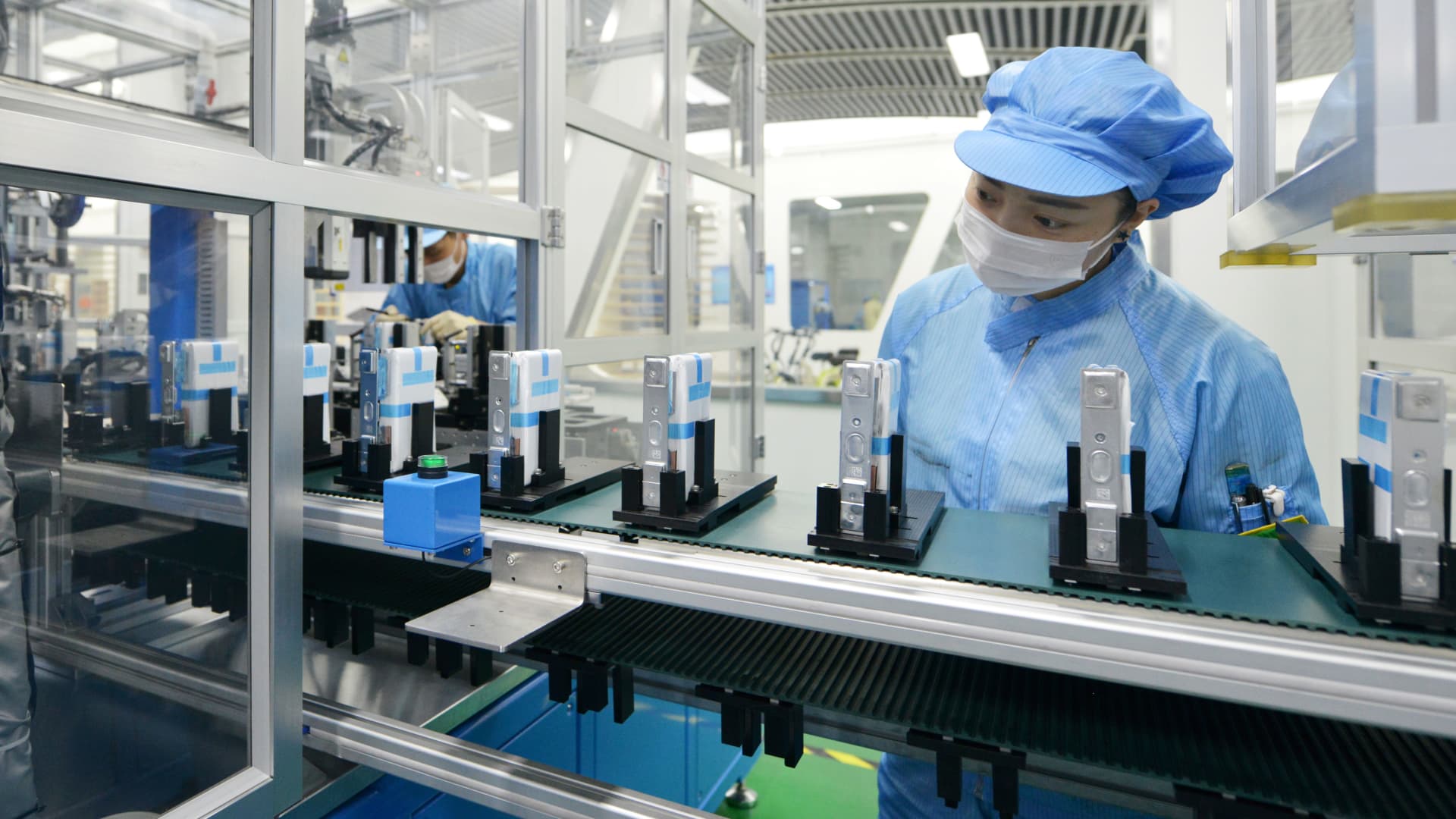‘An iPhone moment’: Bernstein names global stocks to play the ‘rapid growth’ in battery tech

The energy transition will require more and better batteries, according to Bernstein. “To enable the energy transition, we will need batteries with higher energy density, faster charging times, and enhanced safety,” analysts at Bernstein wrote in an October report. They said that over 200TWh of batteries will be required for the energy transition both in electric vehicles and energy storage. To reach that target, a 25-fold increase in sales will be needed from the 0.5TWh in 2022, they added. Sales are expected to hit $14 trillion through to 2050, according to Bernstein. “This makes leading battery makers one of the best areas to invest during the energy transition,” the analysts, led by Neil Beveridge, wrote in the note. “Batteries are far from being commoditized. Continued innovation will enable industry leaders to stay ahead of the competition. Together with rapid growth, this makes the industry attractive,” they added. On top of driving competition, it will result in better, cheaper batteries, said Bernstein. ‘iPhone moment’ in battery tech Lithium-ion battery technology has remained “essentially unchanged” in the past 30 years — and there’s a limit to how much more that tech can improve — but that’s about to change, the firm said. “The arrival of SSB will likely be a game changer,” it wrote, referring to solid-state batteries. “SSB promises to be the biggest advance since commercialization of the [lithium-ion] battery and will likely be an ‘iPhone moment’ for the industry.” That breakthrough could arrive by 2027 with the commercialization of SSB batteries, Bernstein said. The firm added that they are set to have higher energy density, fast-charging capabilities and be “much safer” than liquid batteries. The energy density of the current lithium-ion battery cells is “approaching a limit,” but SSB batteries could take it 50% higher by the end of the decade, it added. Batteries with higher energy density are required to reduce battery costs and increase the range of electric vehicles, Bernstein said. How to play it Bernstein said three groups of companies are competing to be the first to commercialize such batteries: incumbent battery makers, emerging battery startups and traditional manufacturers looking to develop their own EV battery supply chains. The asset management firm said established battery makers are likely to be the winners. It named three such global companies that it gave an “outperform” rating: Chinese battery maker CATL , and South Korea’s LG Chem and Samsung SDI. CATL and Samsung SDI are spending $10 billion a year on research and development to stay ahead, it noted. It gave CATL a price target of 370 Chinese yuan ($50.50), or potentially more than 100% upside from Thursday’s close. For Samsung SDI, its price target was 877,000 Korean won ($649), also implying over 100% upside. It gave LG Chem a 960,000 Korean won price target, or around 125% potential upside. Not all companies are adopting new technologies at the same pace, said Bernstein. CATL is leading the top six battery makers, with mass production of Na-ion, LFP/LMFP, and high-nickel batteries — some new types of batteries, according to Bernstein. When it comes to solid-state batteries, South Korean battery manufacturers have a lead over their Chinese counterparts, Bernstein said. — CNBC’s Michael Bloom contributed to this report.










